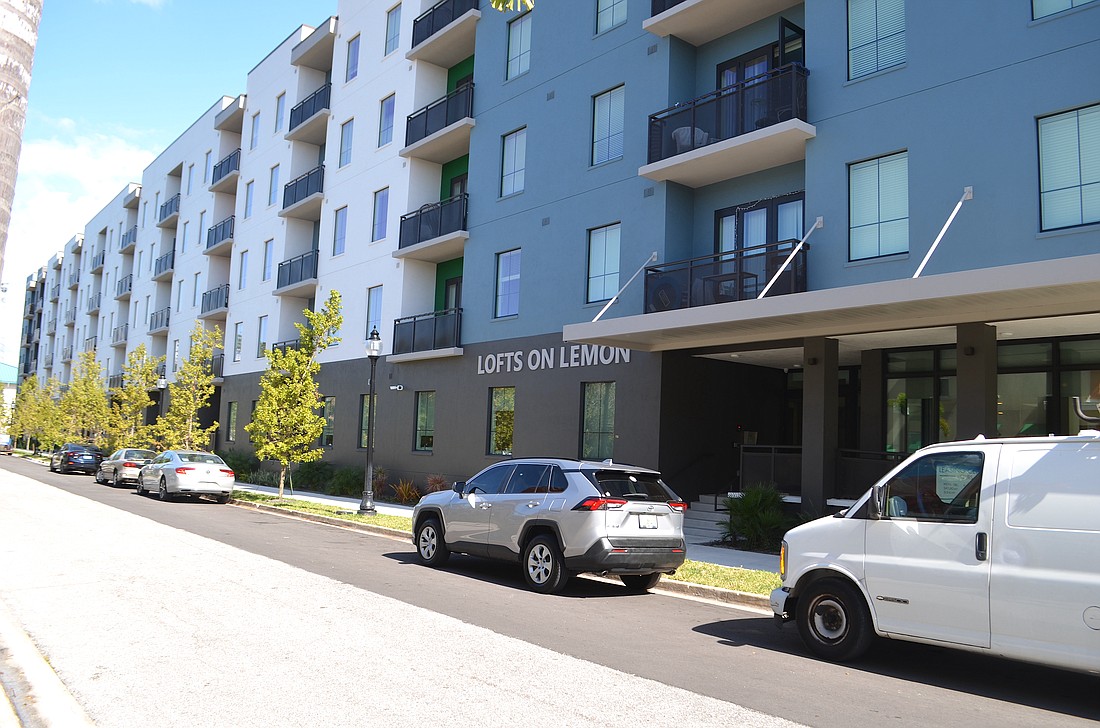- October 22, 2024
-
-
Loading

Loading

Despite new comprehensive plan amendments and staff working to identify locations where zoning changes may create workforce and affordable housing opportunities, real progress in Sarasota’s housing shortage remains years in the making.
How to have a more immediate impact on creating workforce housing in the city was a topic of discussion during the City Commission’s Jan. 30 workshop. Free to engage in a more free-flowing exchange than permitted during regular meetings, commissioners embarked on some out-of-the-box brainstorming on how to bring hundreds of affordable rental residences on line at one time.
Why not have the city build workforce-priced apartments itself? Commissioner Erik Arroyo asked. It was an idea that gained traction with fellow commissioners and staff jumping on board as the discussion progressed.
The city’s comprehensive plan amendments and planned zoning text changes aim to incentivize a handful of units here and there on a voluntary basis. But short of going all-in on inclusionary zoning — in which the city must make a developer financially whole if it requires a percentage of affordable units included in a development — tangible results promise to be sporadic and long term at best.
“That's a number of years down the road,” City Manager Marlon Brown told commissioners. “Just with the conversations that we've been having about a number of apartments coming to fruition, I just wanted to have a conversation with the commission on your thoughts on how can we really move this forward much quicker.”
Sarasota Mayor Kyle Battie lamented the lack of progress that has been made toward providing workforce-priced housing for decades, only to be exacerbated by the crushing rise in property values here as a result of the pandemic. Housing stock in the city was far outpaced by the sudden rise in demand, causing even formerly affordable neighborhoods to be priced out of the reach of even mid-level professionals.
Apartments and other rental units followed suit, and today remain typically double pre-pandemic rents.
“We did everything we could to spread the affordable housing throughout the city and get these incentives to developers,” Battie says. “Are we really accomplishing that? We've done that, but yet we still find ourselves in the place where we're begging developers to give us some affordable housing.”
Arroyo floated the idea of the city getting into the affordable housing business — not public housing per se, and nothing like the 1960s-era urban housing projects. His idea is to acquire or use currently owned city property, build apartment communities and cap rents at affordable and workforce levels — at or below 80% of the county’s average median income pricing — in perpetuity.
That idea got some pushback from Vice Mayor Liz Alpert, who asked: “How could it make sense for the city if it doesn't make sense for developers?”
Developers can’t do that, he said, because they are typically short-term owners of the apartment communities they build, holding the asset for a few years before selling at maximum price. There are very few that build and hold, he said, especially at workforce housing levels.
“I just heard another another story today where a landlord said ‘I'm raising your rent $1,100,’” Arroyo says. “We’re handicapped by the state in terms of what we can do in these situations, and I think we're doing what we can. We’re incentivizing workforce housing in certain scenarios at different tiered levels.”
Arroyo says no other local government in the state has deployed a similar strategy for building workforce housing.
Planning Director Steve Cover described the feasibility of the concept.
“You'd be investing in the property, maybe working with a private nonprofit entity to provide housing,” he says. “It can be in the form of land banking, eventually turning land over to entities that could be private or nonprofit. There are really a variety of approaches. Also, you could also create a revolving loan fund, which could be tied into where you build projects. You collect rent and then those monies eventually evolve into the creation of more projects.”
Brown says he has been working with staff to develop a concept similar to Arroyo’s proposal.
“It stays affordable in perpetuity because we, the city, own the property and there are no issues about appreciation, trying to sell it to the highest bidder, and so on,” Brown said. “We’re exploring some things that we will bring back to the commission that I think really has some viability, and I think is worth taking a look at.”
This article originally appeared on sister site YourObserver.com.